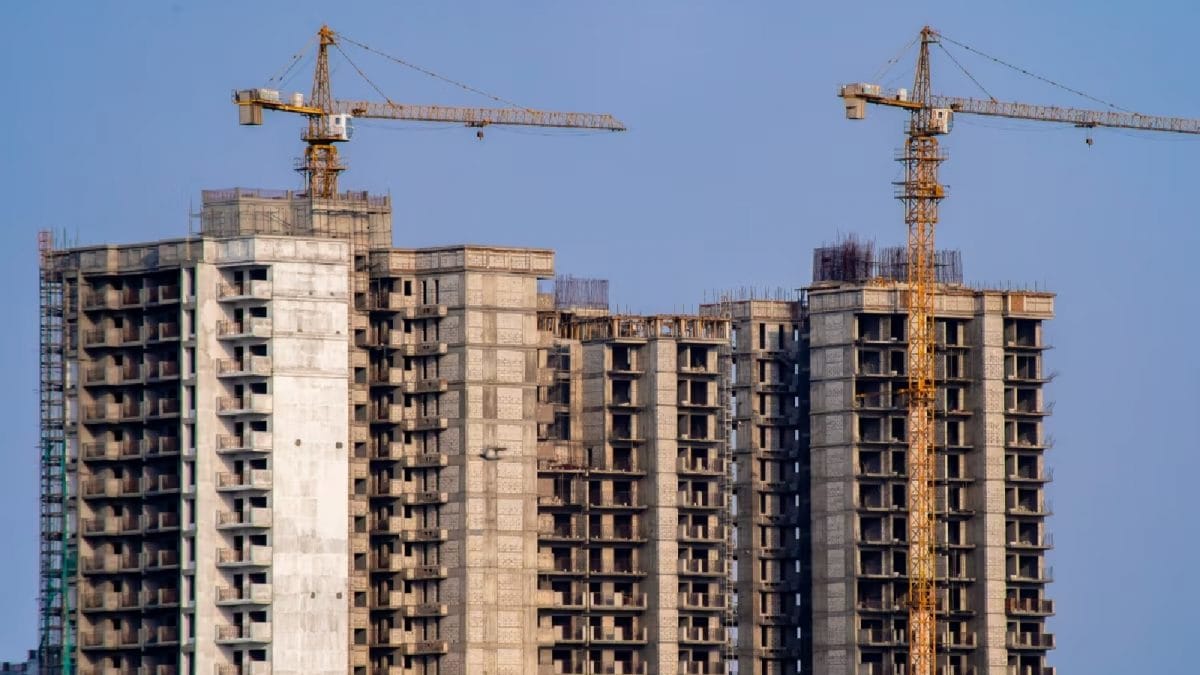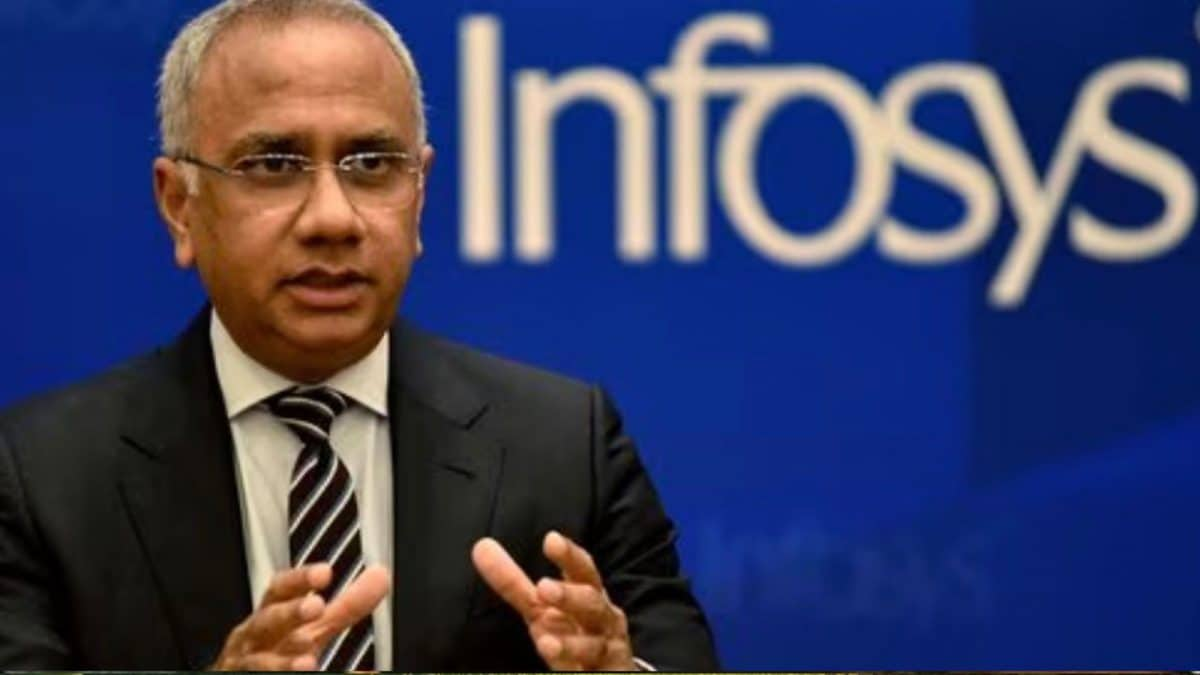Last Updated:
The two-slab GST is expected to reduce complexity, lower project costs, and make housing more accessible, thus unlocking demand and improve buyer sentiment, say developers.

Industry bodies like CREDAI believe this shift could unlock supply by reviving stalled projects and spurring new launches.
In a bold reform expected to reshape India’s tax landscape, the government has unveiled plans for GST 2.0 — a simplified structure with just two slabs, 5% and 18%. Announced by Prime Minister Narendra Modi last week, the move is designed to cut compliance costs, reduce tax burdens, and inject fresh momentum into key sectors of the economy.
For real estate, where high input taxes and sluggish demand have long been concerns, the new GST regime could prove transformative, according to analysts.
From Four Slabs to Two
Currently, GST is spread across four major slabs: 5%, 12%, 18%, and 28%. Construction materials have borne the brunt — cement taxed at 28%, while steel, paints, and electrical fittings sit at 18% or 12%.
Under the new system, analysts expect nearly all items in the 12% bracket to fall to 5%, and the bulk of goods in the 28% bracket to shift down to 18%. This recalibration directly lowers construction costs, offering developers the chance to pass on savings to homebuyers.
Impact on Real Estate
Lower input costs could make homes more affordable across categories. Affordable housing, already taxed at a concessional 1% without input credit, will become even more viable as raw material costs decline. Mid-segment and luxury housing — taxed at 5% on under-construction sales — may also see effective price corrections if builders absorb the savings.
Yashank Wason, MD of Royal Green Realty, said, “The two-slab GST is a welcome step. It reduces complexity, lowers project costs, and makes housing more accessible. This can unlock demand and improve buyer sentiment.”
Industry bodies like CREDAI believe this shift could unlock supply by reviving stalled projects and spurring new launches, particularly in tier-2 and tier-3 cities where cost sensitivity is highest.
At the same time, keeping some inputs and services at 18% ensures that quality construction and pace of development are not compromised. The dual-slab regime also signals policy consistency — something developers have long demanded.
Manik Malik, CEO of BPTP, said, “This is a long-overdue reform that brings clarity and stability. While developers will still bear 18% GST on contract services, the broader benefits — improved liquidity, streamlined compliance, and stronger sentiment — are undeniable.”
For buyers, the most visible benefit is clarity and affordability. With a simpler tax regime, transactions become easier to understand and financial planning less uncertain. First-time buyers, especially in the affordable housing category, stand to gain the most. The reform aligns with the government’s “Housing for All” mission by making entry-level homes more attractive.
Sumit Ranjan, COO of Roots Developers, said, “Simplifying GST reduces costs and compliance burdens, giving homebuyers more power. It also helps clear inventory faster, which is critical for the sector.”
Rakesh Malhotra, founder & chairman of PRIME Developments, said, “This is a game changer. Lower tax costs will ease the burden on buyers, accelerate inventory clearance, and attract investment. It’s a pivotal reform that supports growth and affordability.”

Haris is Deputy News Editor (Business) at news18.com. He writes on various issues related to personal finance, markets, economy and companies. Having over a decade of experience in financial journalism, Haris h…Read More
Haris is Deputy News Editor (Business) at news18.com. He writes on various issues related to personal finance, markets, economy and companies. Having over a decade of experience in financial journalism, Haris h… Read More
Read More








